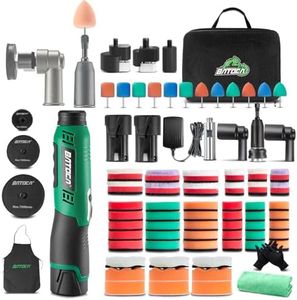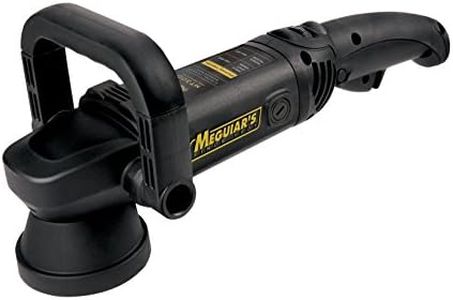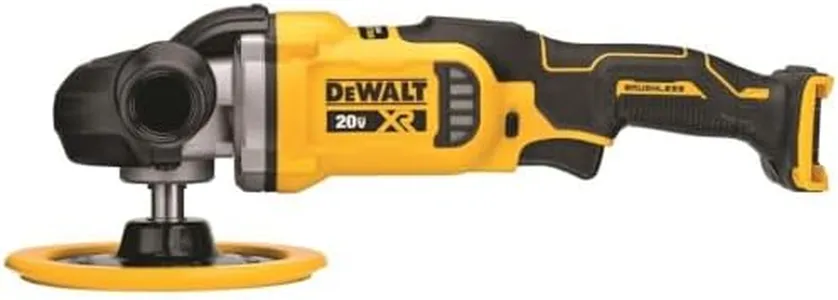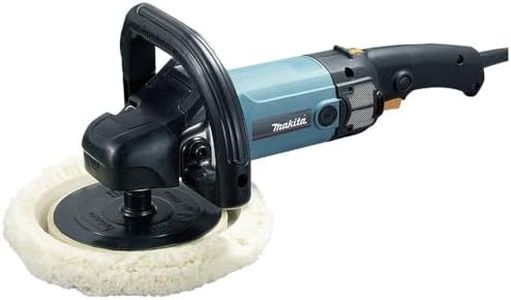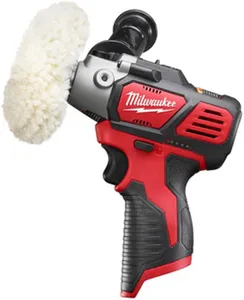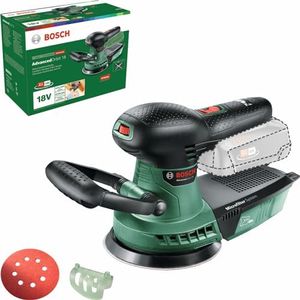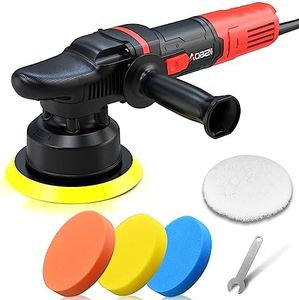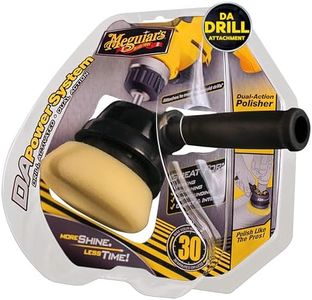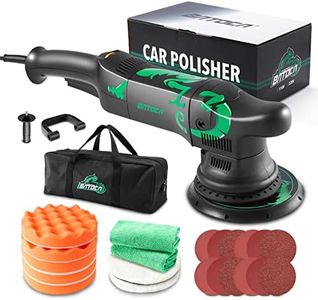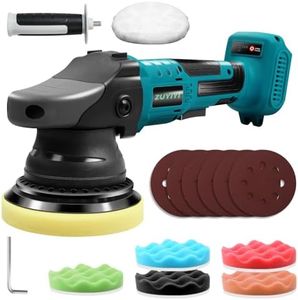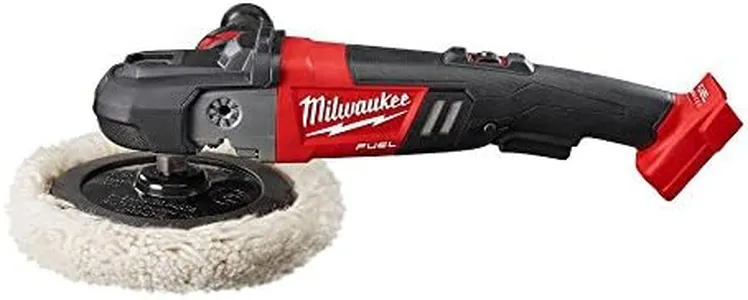We Use CookiesWe use cookies to enhance the security, performance,
functionality and for analytical and promotional activities. By continuing to browse this site you
are agreeing to our privacy policy
10 Best Car Buffers And Polishers
From leading brands and best sellers available on the web.Buying Guide for the Best Car Buffers And Polishers
Choosing the best car buffer or polisher comes down to understanding your experience level, the kind of jobs you want to tackle, and how much control you prefer when working with your car's paintwork. Car buffers and polishers are designed to give vehicles a smooth and shiny finish, but there are many types with different features. Paying attention to key specs helps ensure you get a tool that matches both your comfort and the tasks you want to accomplish, whether you're dealing with light swirl removal or heavy-duty paint correction.Type (Rotary vs. Dual Action/Orbital)This refers to the movement pattern of the buffer or polisher. Rotary buffers spin in a circular motion and have more cutting power, which is great for tackling deep scratches but can be tricky for beginners since they generate more heat and might damage paint if not used correctly. Dual Action (DA) or orbital polishers move in both a circular and orbital pattern, making them gentler on paint and more forgiving for those new to polishing. If you're a beginner or need a tool for light to moderate work, a dual action polisher is usually the safer choice. Seasoned users or professionals who need fast correction for serious imperfections might prefer rotary buffers.
Speed Settings (Variable Speed Control)This indicates how fast the pad spins and is measured in revolutions per minute (RPM) or oscillations per minute (OPM). Variable speed allows you to adjust the power and sensitivity to suit different tasks. Lower speeds are ideal for applying waxes or refining finishes, while higher speeds are needed for heavier correction like scratch removal. Machines with several speed settings offer more versatility and precision for various needs, making it easier to match the speed to your level of experience and the job at hand.
Pad SizePad size refers to the diameter of the pad attachment, commonly ranging from 3 to 8 inches. Bigger pads cover more area and help get jobs done faster, but are harder to control in tight spots or for detailed work. Smaller pads are ideal for working on narrow surfaces and for more precise polishing. If you'll mostly work on broad, flat panels like car hoods or roofs, larger pads are a time-saver. For detailing mirrors, pillars, or intricate areas, smaller pads give you more control.
Weight and ErgonomicsThe weight and shape of a car buffer affect how comfortable and tiring it is to use over long periods. Lighter tools are easier to maneuver and cause less fatigue, while heavier tools might help with maintaining contact but can become tiring. Ergonomic handles and well-balanced machines make the polishing process smoother and more comfortable. If you expect to use your polisher for long jobs or have less upper body strength, prioritize lightweight models with comfortable grip designs.
Power Source (Corded vs. Cordless)Car buffers and polishers may be powered by a direct cord plugged into an outlet or by rechargeable batteries. Corded models give consistent, unlimited power and are ideal for long polishing sessions. Cordless tools offer more mobility and convenience, making them easier to use outdoors or far from power outlets, but may have limited battery life. Choose a power source based on where you plan to use the polisher and how long you typically work at a time.
Accessories and CompatibilitySome polishers come with extra pads, handles, or backing plates, and this can make your purchase more versatile. Check what accessories are included and whether replacement parts and different pad types are readily available. This is important if you plan to do a variety of jobs or want to tackle both heavy cutting and final polishing. Seek out a tool that can use various pad sizes and is compatible with standard accessories for maximum flexibility.
